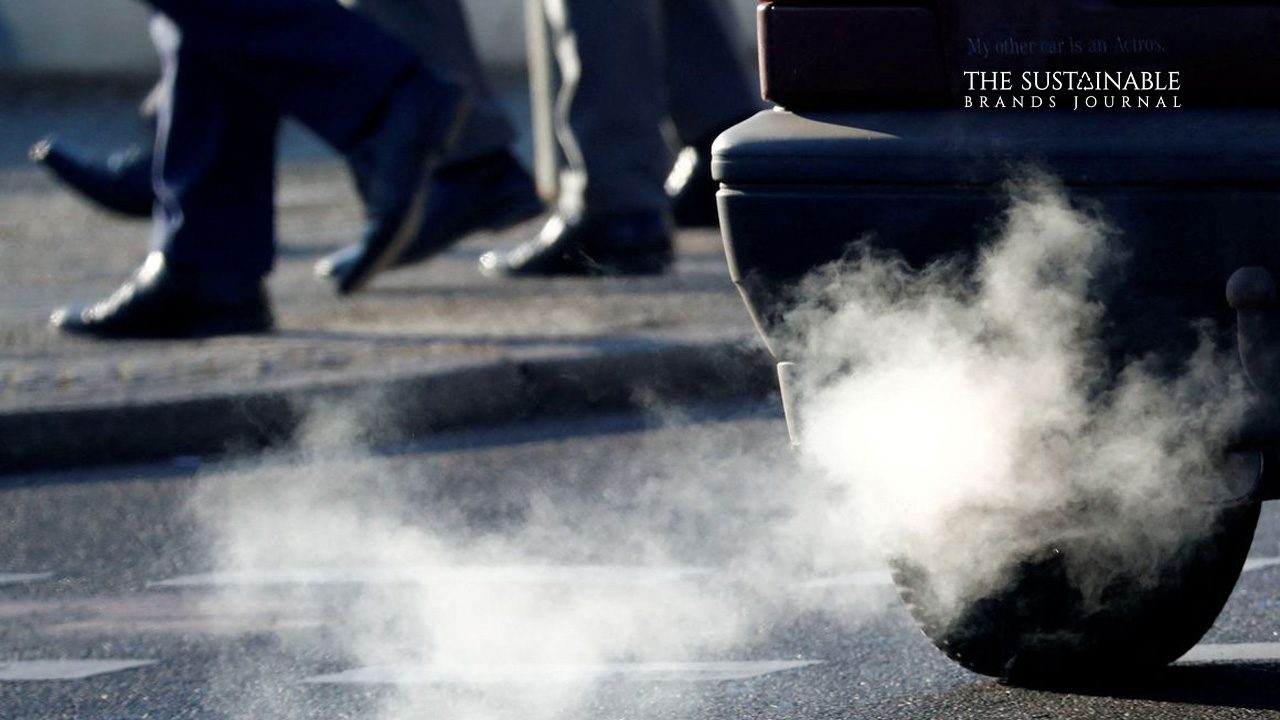
Addressing Gender Inequality In The Green Jobs Sector
As the world transitions towards cleaner energy, we see numerous jobs being created in the sector. Governments are moving towards policies that promote a greener economy, and industries are advancing their technologies to reduce carbon emissions, all leading to more and more jobs in the new evolving sustainable sectors. Amid this transition, there is a glaring risk of social inequity – while some sections of society are ready for the switch, others aren’t. In this article, we will focus on how women are being excluding from the future green jobs, causing deepened inequalities and slow down of the global flight against climate change.
As women are being sidelined from the clean energy industries, there is a loss of talent, potential innovators, entrepreneurs, and skilled workers who are critical for a successful green transition forward.
Even in advanced economies, only 6% of women hold green jobs compared to over 20% of men. One can only imagine the situation in developing countries where more socio-economic and systemic barriers exist.

But why do we see this gender divide?
The answer Is simple – Lack of STEM education. One of the main reasons for women’s representation in green sectors is the ever-existing gender gap in STEM education. Even in the fossil fuel industries, or heavy manufacturing and mining industries, it was men who dominated the jobs and the same pattern continue when there is a transition to cleaner energy. Women continue to be underrepresented because they are not ready to participate in the labour market, where most jobs require specialized skills in science, engineering, and technology, limiting their access to green jobs. For example, jobs in renewable energy sectors such as solar panel installation, wind turbine engineering, and energy storage technology require technical expertise and specialization in STEM education.
According to a study, less than one third of STEM graduates in most countries are female. This leads to their under-representation even in jobs. Hence, without early encouragement or access to role models in these fields, women are less likely to pursue STEM education, resulting in a biased talent pipeline that favours men.
The consequences of this under presentation are multi-prong. They go beyond equal career opportunities to loss of talent and innovation in society. Research shows that countries with a higher share of STEM educated workers tend to ace stronger outcomes in reducing carbon emissions. In these countries, there is more innovation in greenhouse gas emission reduction and other sustainability practices. STEM education equips workers with the tools and techniques necessary to develop solutions for energy efficiency, clean technologies, and sustainability practices. Hence, by gender divide in green jobs, countries slowly risk their transition to a low carbon economy.
The other disadvantage to women is the loss of high paying premium jobs in clean energy. It is seen that green jobs offer wage premium compared to other sectors. In Colombia, women in green jobs earn 16% more than in other sectors. If women are excluded from these opportunities, the gender income gap will only widen, thereby worsening the existing gender disparities.
What is the solution?
Well, the solution starts at the root cause. Addressing the gender gap in green jobs require systemic change, beginning with STEM education. Early exposure to STEM subjects can break down barriers, create role models, opportunities, and interest encouraging girls from pursuing careers in science and technology. In Ireland, there are significant changes in the equation system by integrating STEM education into all levels of schooling, and providing specialized teacher training. Result of this is that Ireland has been triple number of young women pursing STEM education in just a few women.

Mentorship also plays a very important role in encouraging women to purse career in technology. By connecting female students and early career professionals with female role models in their field, countries can create pathways for more women to thrive in science and technology. These mentorship initiatives, along with skill training workshops, and internships tailored to women, can help in closing the gender gap and make green jobs more equitable.
Scholarship to encourage women pursue STEM education is also promoted in many countries like India. Along with reserved seats for women, monetary help that can help push economically background families send their daughters for education in science and technology.
And lastly, governments and companies must work together to eliminate he barriers that disappointedly affect women, such as unequal access to finance, limited career opportunities, and unsafe work places. Governments should prioritize childcare and family leave policies to ensure more women participate in workforce.
In conclusion, transition to green economy is one of the most important changes we see today around the world. However, if the transition is not just, there is a risk of exacerbating existing inequalities. Women’s exclusion from green jobs in not just a missed opportunities for gender equality, but also a loss of talent and innovation for a green, growing economy.
Hence, by investing in women’s STEM education, fostering mentorship, and reforming labour practices, countries can ensure that the clean energy transition is also inclusive – just transition.
Subscribe to The Sustainable Brands Journal for more environmental news, stories, interviews, and updates.

Prachi, an accomplished Chief-Editor at The Sustainable Brands Journal, has 15+ years of experience in Europe, the Middle East, and India, managing 90+ global sustainable brands. She’s a prolific writer in sustainability, contributing to various publications. Prachi’s unwavering passion and expertise make her a recognized authority, driving positive change and inspiring a sustainable future.





